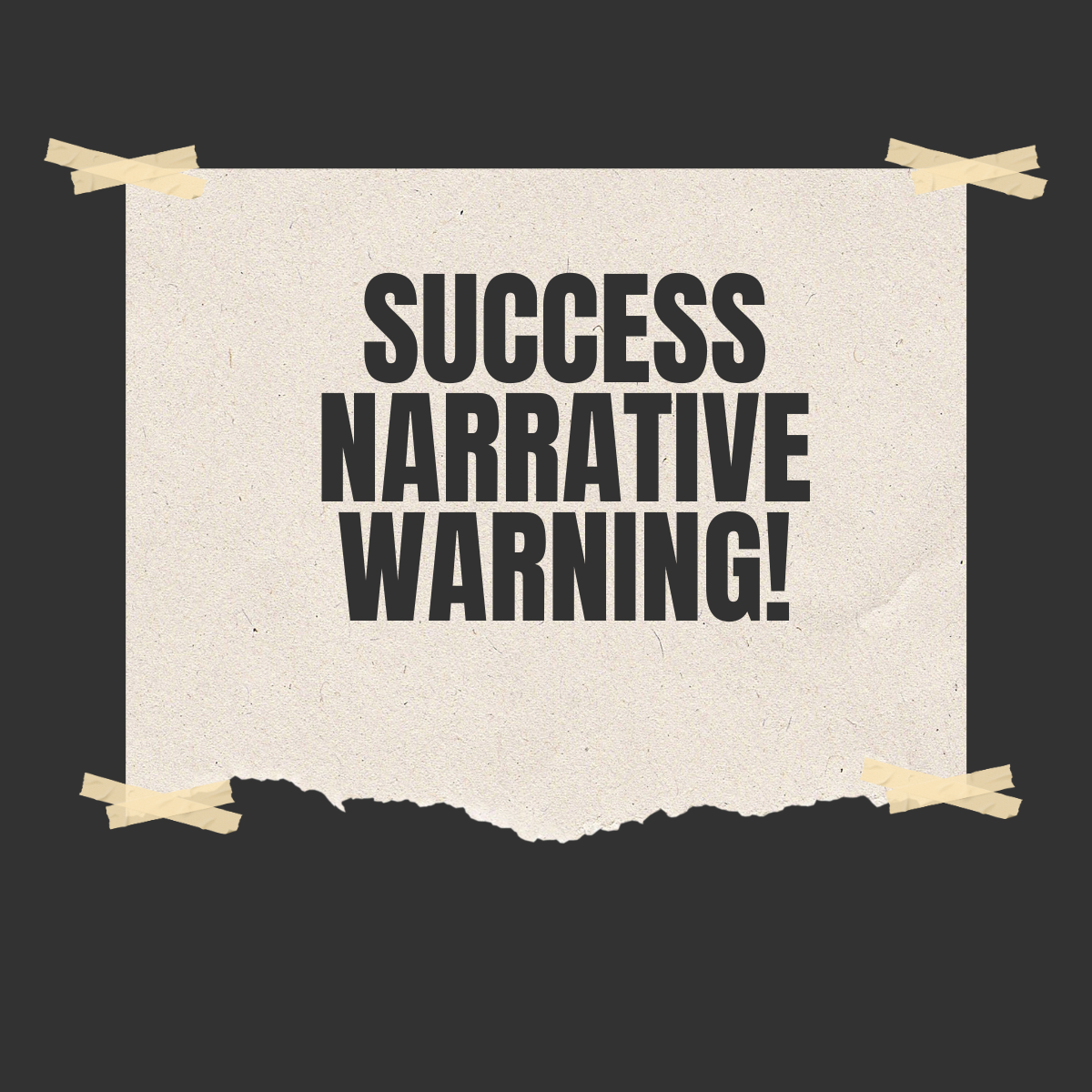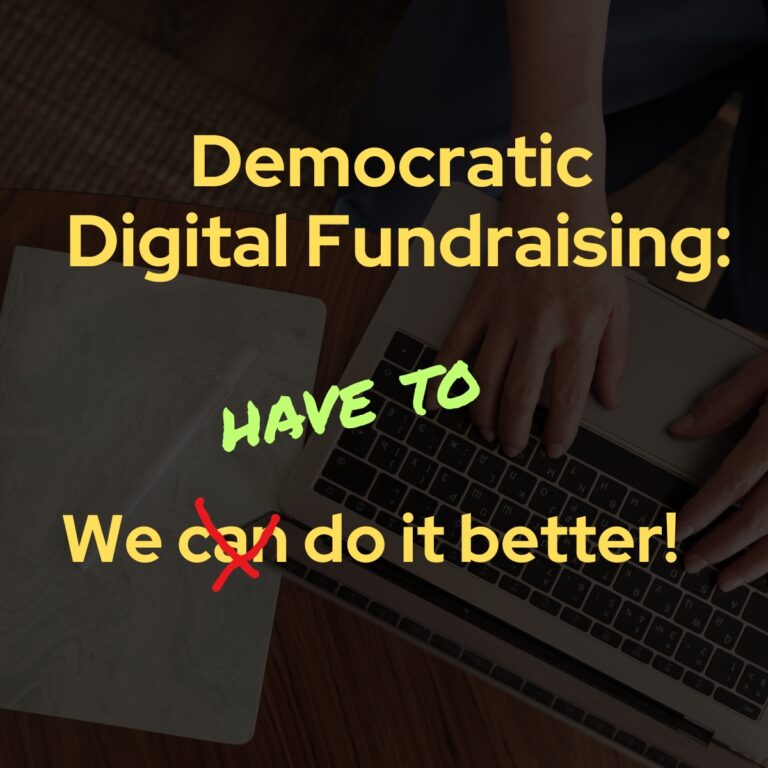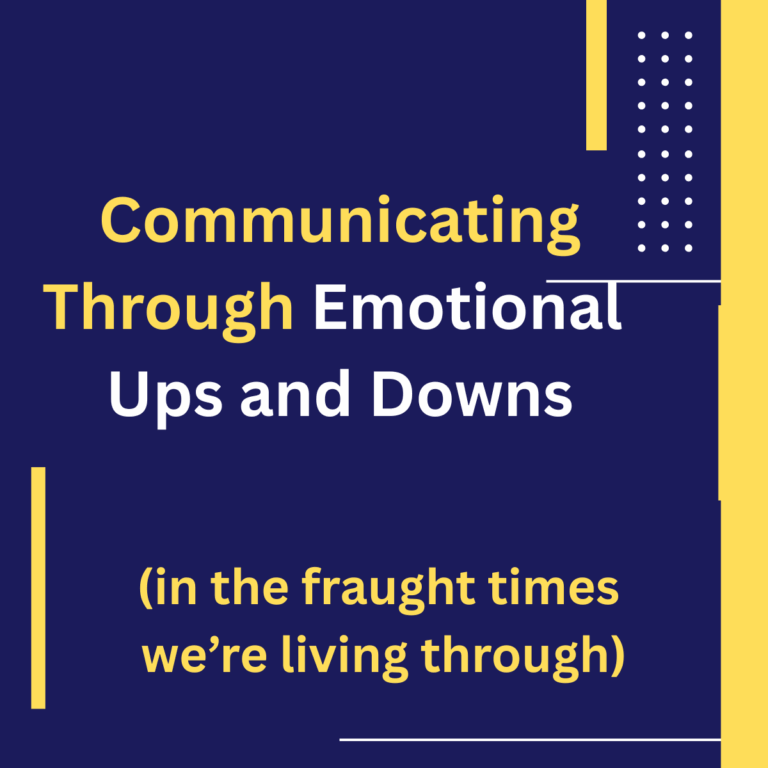How Three Groups Skillfully Avoid a Potential Pitfall
A fundraising message often naturally centers around a success narrative. One example: a campaign for a new museum wing promising a dazzling venue for art and offering a series of predictable moments of progress (architect’s drawing, groundbreaking, first exhibit) over a relatively short period of time.
But here’s the trick. Many nonprofits work on profound, deep-seated issues that don’t lend themselves to such a narrative. In those cases, buying into a success narrative can lead to trouble. Let’s see how three major organizations avoid this trap.

Name a typical international relief and development organization and most donors envision a huge, over-crowded camp filled with desperate families and starving children.
Mention Doctors Without Borders (MSF) and you’re more likely to hear something like this:
“I imagine a doctor operating in a makeshift tent, a light swinging above as they perform an operation to save a woman’s life.”
And there you have the brilliance of Doctors Without Borders’ mission and narrative arc.
Nonprofits have, within limits, the ability to impact the question people ask when evaluating the group’s work. In Doctors Without Borders (MSF)’ case, that question could be a success narrative one: “How can we solve the problem that millions of people in our world lack access to lifesaving emergency medical care?”
But MSF’s positioning actually prompts a different question: “Isn’t it wonderful that selfless doctors and other personnel are using their skills to deliver emergency lifesaving care to people with no place to turn?”
That question makes it far easier for MSF’s audiences to see their support as effective, impactful and emotionally rewarding. And, like all strong, authentic organizational narratives, this messaging totally aligns with MSF’s mission and purpose.
In sum, MSF avoids a “solve the entire problem” success narrative trap by:
- leaning into peoples’ admiration for doctors who are giving of their time and talent to deliver free, high-quality care in truly challenging circumstances and raising its voice to speak out on behalf of its patients. Both sides of that equation are vividly at work in MSF’s work in the current Gaza crisis.
- not claiming to meet every need in every place but rather asking people to “support our work where it’s needed most” and telling them “we go where many others can’t or won’t.”
- emphasizing the scale of its work (more than 68,000 staff providing over 16 million medical consultations in more than 70 countries every year) but not the overall scope of the problem.

The Alzheimer’s Association confronts a different narrative challenge. It has a clear vision: “a world without Alzheimer’s and all other dementias.” The missing element in terms of a success narrative is this. At the moment, there is no cure to this devastating disease and no current ability to predict when that cure will come.
If the organization were in full success narrative mode (e.g. asking donors to renew their annual support based on how much closer we are to the end goal), that would be a hard conversation to sustain.
The Association takes that reality into account and presents a compelling alternative narrative by:
- not raising false expectations or time-sensitive goals for finding a cure, but acknowledging the end goal in an aspirational way with language like this:
“Alzheimer’s currently has no cure and no survivors. But this will change.
The first survivor of this disease is out there.”
- emphasizing its role as the world’s leading nonprofit funder of Alzheimer’s research “advancing vital research towards methods of treatment, prevention and, ultimately, a cure.” (Note the word “ultimately” again recognizing the end goal without over-promising.)
- featuring its national and local work providing care and support for all those affected by Alzheimer’s and other dementias.
- expressing confidence despite the distance we may be from the cure with language like this: “We are unwavering in our efforts. We are poised for progress. We won’t stop until we realize our vision of a world without Alzheimer’s and all other dementia.”

The ACLU during the Trump presidency offers a case study in how to respond when a success narrative is disrupted by particularly challenging circumstances. The ACLU has always had a unique relationship with “success” and “progress.” It takes a principled, uncompromising stance in defense of civil liberties refusing to accept or celebrate half measures as satisfying outcomes. On those terms, its supporters recognize that, in any political circumstance, the group won’t win every battle.
That said, the organization’s identity does rest on it having a decent “batting record” winning, over time, a series of breakthrough civil liberties victories. During the Trump presidency, that batting average – the ACLU’s ability to stop dangerous anti-civil liberties initiatives – was almost certain to decline.
The ACLU navigated that shift by:
- from the very outset, confidently declaring the organization’s readiness for the challenge (starting with a “See you in court” if you threaten civil liberties declaration days after Trump’s electoral victory.)
- winning just enough high-profile victories (early Muslin Ban wins, exposing and challenging the family separation policy, stopping state abortion bans prior to the Supreme Court’s decision)
- arguing for the importance of every lawsuit or other action that, whether ultimately successful or not, slowed down dangerous Trump assaults on peoples’ freedoms.
In essence, the ACLU “re-litigated” with its supporters and with the media what success and progress looked like in the extreme Trump circumstances. This example illustrates that success narratives are not static and are open to redefinition as circumstances change.

1️⃣ ➤ Remember that, in the right circumstances, success narratives are powerful and persuasive.
2️⃣ ➤ Don’t adopt a success narrative unless you are certain you have the two prerequisites: a clear overarching goal achievable within a reasonable period of time and a series of landmark achievements along the path to the goal.
3️⃣ ➤ Think about how you present your mission and what question it leads people to ask about your work.
4️⃣ ➤ If it’s not a question that supports a compelling narrative, search out ways to guide your audiences to a more productive framework.









